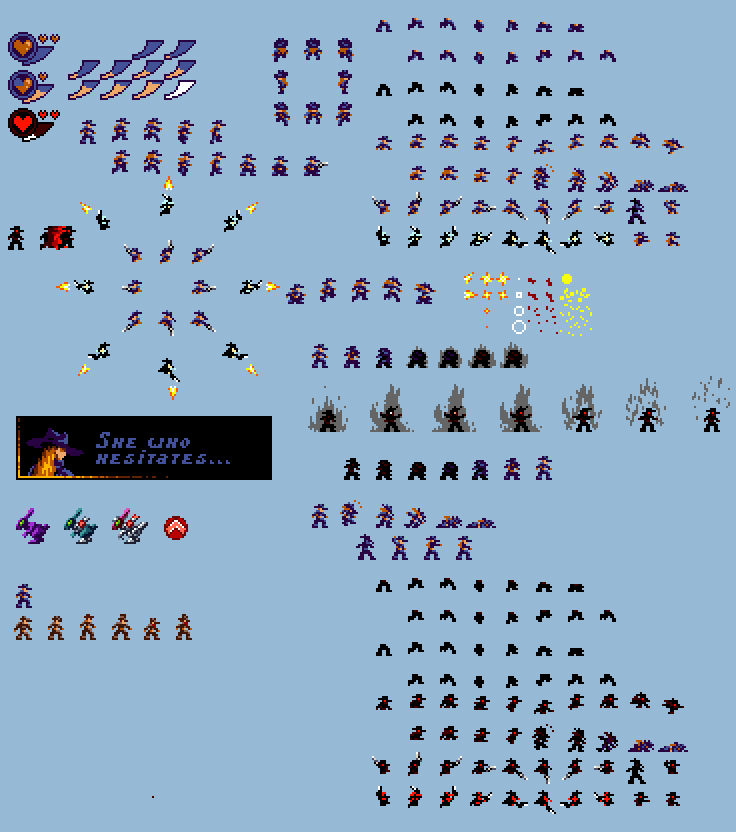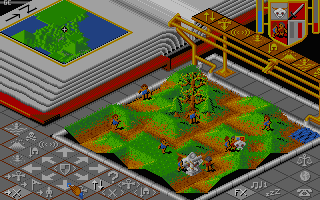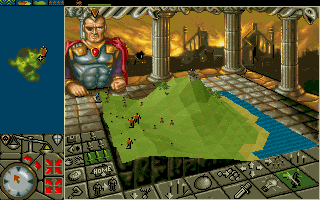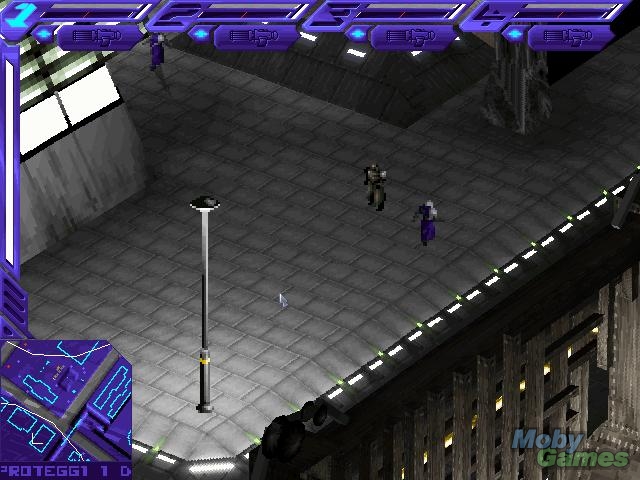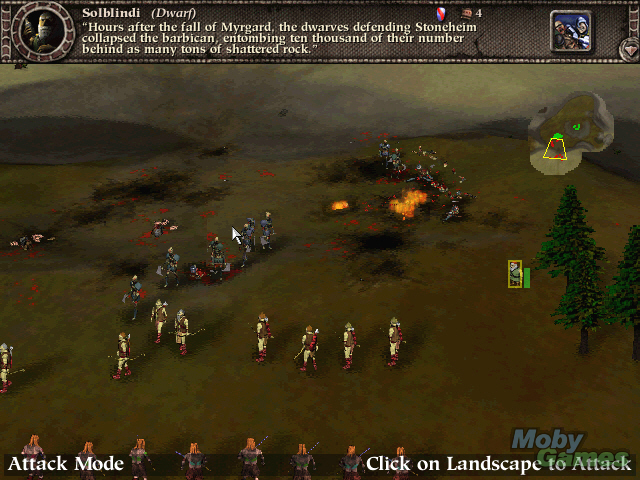The more I look at that Wizard code I wrote the less appealing it is. Once again, it’s very one-offish and will require a fair bit of work to get up to snuff.
Once again, I will try my best to split my time evenly between engine construction and content creation. So here’s how I plan to spend the “engine construction” half of my time.
* Fix various bugs in the current platforming mechanics of Wizard. Right now you can fall right through platforms if you’re going fast enough, the character only has one hit detection point (middle of the feet) and for some reason climbing up ladders and ropes is slow. All this needs to be fixed, and there are lots of resources out there to help me, one of which is JNRDev.
* Hack the world editor for Inaria to become a level editor for Zeta. Get Zeta’s code loading those levels.
* Put in combat code so things can shoot at each other.
* Add a conversation system so we can do plot. (This will be stolen wholesale from Planitia.)
Seems doable in 20 hours.
On the content side:
* Make at least one 64×64 map. Since the tiles will be 8×8 in Zeta that means more of the map will be visible at once in Zeta, thus leading to the feeling of a smaller space. Thus, more than one map would be a good idea, but we must get one in; and it must have obstacles that require new powers to overcome (again, without this it’s not a Metroidvania).
* Create several enemies with different forms of attacks.
* Create the powerups that give Zeta new powers (I think the absolute minimum would be a double-jump to reach high areas and a super-shot to knock down locked doors or weak walls.)
* Create all the conversations to dole out the plot.
* Create at least one boss character.
* Find appropriate sound effects and music (Zeta will not be a silent game).
That also seems doable in 20 hours. I think it’s possible for this game to be a success and I can’t wait to see how it comes out 🙂

